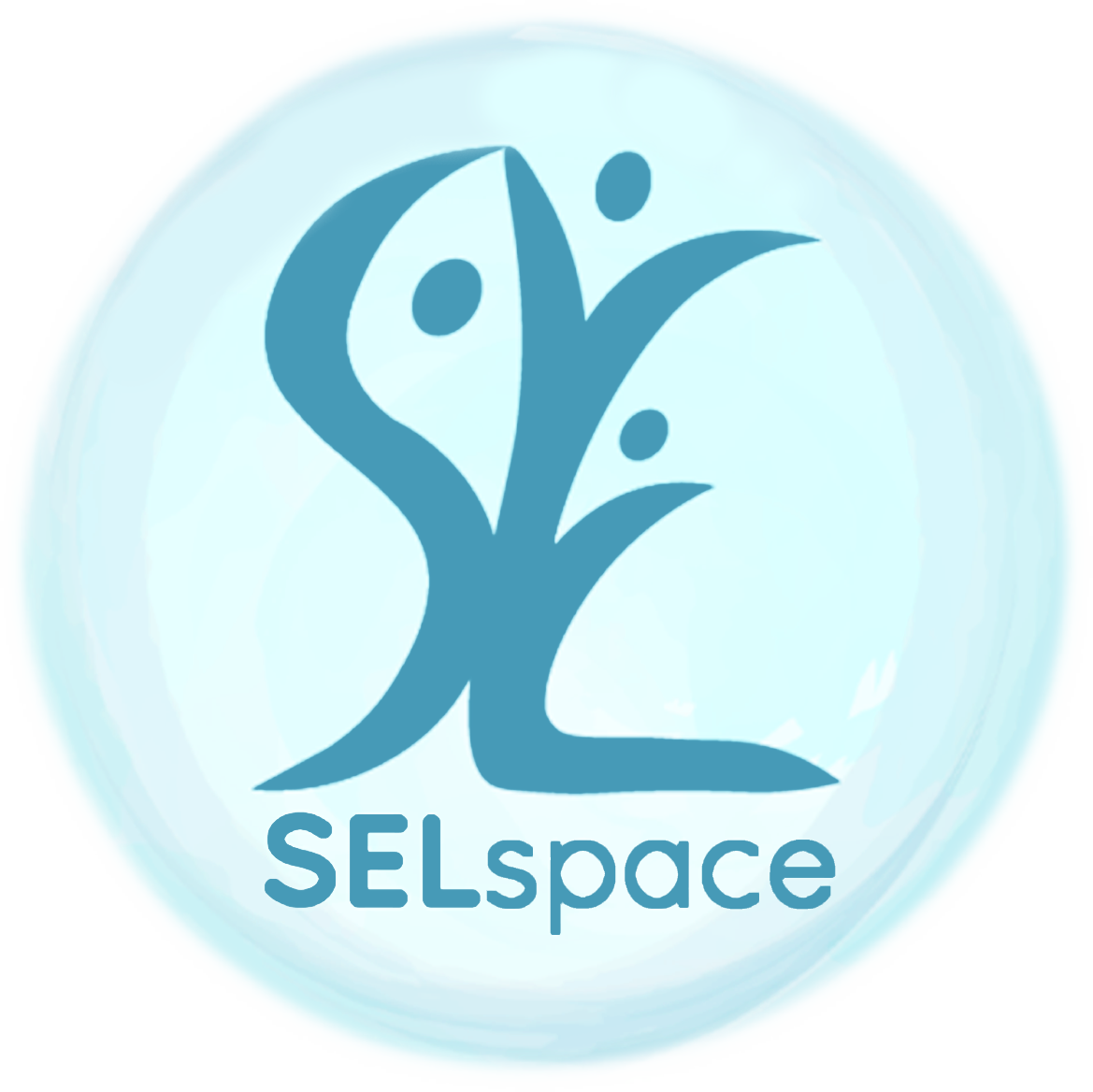In order to correctly perceive feelings in others and ourselves – we first have to develop words for those feelings.
A good starting point for introducing social and emotional discussions is to equip students with the vocabulary to identify what they are feeling.
We want to provide children with emotional granularity (the ability to differentiate between or pinpoint with precise words how they are feeling).
The more vocabulary and experience children have with identifying a vast range of emotions, the better they are able to anticipate and perceive emotions in others. Higher emotional granularity does lead to higher emotional intelligence; it is something that can be taught.
The ultimate goal is for students to be able to clearly express how they are feeling (self-awareness) and to better understand (empathy) and respond to the feelings of others (social awareness).
The Mood Meter:
There are many models and theorists when it comes to emotion identification and classification. While they all have valuable elements, the Mood Meter, developed by Marc Brackett, Ph.D., and Robin Stern, Ph.D. from the Yale Center for Emotional Intelligence, incorporates energy levels associated with emotions.
The Mood Meter is part of the Yale Center for E.I.’s R.U.L.E.R. approach to help kids Recognize, Understand, Label, Express, and Regulate emotions.
The Mood Meter is a psychological tool that helps students identify their emotions by evaluating the pleasantness and energy levels of a particular moment.
Emotional Literacy:
Emotional literacy involves having self and social awareness when it comes to the recognition of feelings and the knowledge of how to manage them. It includes the ability to stay calm and manage one’s own feelings when frustrated or angry but also includes the ability to be empathetic towards other people’s feelings as well.
Emotional Literacy starts with being able to understand the facial expressions, tone of voice, body language, postures, and physiology associated with different emotions. As students become more astute emotion detectives, they will start to add granularity to their emotional vocabulary and be better able to pinpoint the nuances involved with differing feelings.
By being more in tune with specific emotions, their features, and possible triggers, students become better able to self-manage and gauge the moods of others.
Emotion Cards:
Emotional Literacy starts with being able to understand the facial expressions, tone of voice, body language, postures, and physiology associated with different emotions.
It sometimes takes practice for students to become astute emotion detectives. The emotion cards on the pages that follow can be cut out and laminated and used in various ways to increase emotional granularity.
Possible Uses for Emotion Cards:
1. Students can reflect on each emotion and place cards on a mood meter chart (easily made with a red, yellow, blue, and green piece of square construction paper.
2. Students can match cards into synonym groups (words that have similar meanings; ex., tired, sleepy exhausted).
3. Students can match cards by looking at similar facial expressions. Discuss with a partner or small group what they may have noticed.
4. Students can match cards by looking at body language or postures. Discuss with a partner or small group what they may have noticed.
5. Students can put cards into categories they think up and then have a partner guess what the category is.
6. Cards can be on hand when students are doing any sort of creative writing to describe how their characters might be feeling.
7. Not only are these cards great for multilingual learners as they learn new vocabulary but they are also very helpful for some of our neurodiverse students who can have difficulty differentiating emotions.





